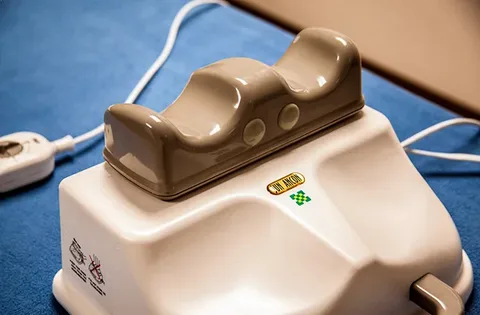How to wash waterproof mattress protectors are a great investment for keeping your mattress clean, hygienic, and long-lasting. They safeguard against spills, allergens, dust mites, and bacteria. However, maintaining the protector itself requires proper cleaning to ensure it stays effective and doesn’t lose its waterproofing abilities. Below is a comprehensive guide to washing waterproof mattress protectors effectively and safely.
Why Proper Cleaning is Important
Regular cleaning of your waterproof mattress protector is essential for several reasons:
- Hygiene: Removes sweat, oils, and bacteria that accumulate over time.
- Performance: Preserves the waterproof layer, ensuring it remains functional.
- Longevity: Proper care increases the lifespan of your mattress protector.
Step-by-Step Guide to Washing Waterproof Mattress Protectors
1. Read the Care Label
Before starting, check the manufacturer’s care instructions on the label. This provides specific information about:
- Suitable water temperature.
- Washing machine settings.
- Drying methods.
Different brands may have unique care requirements, so always start with this step.
2. Pre-Treat Stains
If there are visible stains, pre-treat them before washing:
- Use a mild detergent or stain remover specifically designed for delicate fabrics.
- Avoid harsh chemicals like bleach, as they can damage the waterproof backing.
- Apply the stain remover and let it sit for 10-15 minutes, then gently blot with a damp cloth.
3. Choose the Right Washing Machine Settings
For best results, follow these guidelines:
- Cycle Type: Use a gentle or delicate cycle to prevent wear and tear on the waterproof layer.
- Water Temperature: Warm water is generally recommended. Avoid hot water, as it can cause the waterproof membrane to break down.
- Detergent: Opt for a mild, non-abrasive detergent. Avoid fabric softeners, as they can reduce the protector’s ability to repel liquids.
4. Load the Washing Machine Properly
- Wash the protector alone or with lightweight items like bed sheets to avoid overcrowding.
- Avoid washing it with heavy fabrics, such as towels or jeans, which can stress the waterproof layer.
5. Start the Wash
Run the washing machine on the gentle cycle. Avoid using excessive detergent, as residue can build up on the fabric. One or two tablespoons of detergent should suffice for a standard-size load.
Drying Waterproof Mattress Protectors
Drying the mattress protector correctly is as important as washing it. Improper drying can damage the waterproof layer.
1. Air Drying (Recommended)
- Lay the protector flat on a clothesline or drying rack in a well-ventilated area.
- Avoid direct sunlight, as prolonged exposure can weaken the waterproof backing.
2. Using a Dryer
If the care label allows machine drying:
- Use the low heat or no heat setting.
- Add wool dryer balls to help tumble the protector evenly and reduce drying time.
- Check periodically to avoid overheating.
Additional Tips for Maintaining Waterproof Mattress Protectors
1. Avoid Bleach and Harsh Chemicals
Bleach, fabric softeners, and harsh detergents can degrade the waterproof membrane. Stick to gentle cleaning agents for a longer-lasting protector.
2. Wash Regularly
Cleaning frequency depends on usage, but a general rule is to wash the protector every 1-2 months. Wash more frequently if there are spills, allergens, or stains.
3. Inspect for Damage
After every wash, check for signs of wear, such as cracks or peeling in the waterproof layer. Replace the protector if it shows significant damage.
4. Store Properly
If you’re not using the protector, store it in a clean, dry place to prevent mold or mildew from forming.
Common Mistakes to Avoid
- Using High Heat: High temperatures during washing or drying can cause the waterproof layer to melt or shrink.
- Overloading the Washer: This can prevent thorough cleaning and lead to uneven wear.
- Skipping Pre-Treatment: Ignoring stains before washing can make them harder to remove later.
- Not Following Manufacturer Guidelines: Always adhere to the care instructions to avoid voiding any warranties.
Signs You Need a New Mattress Protector
Despite proper care, waterproof mattress protectors don’t last forever. Consider replacing yours if:
- The waterproof layer is peeling or cracked.
- It no longer effectively repels liquids.
- It has persistent odors or stains that don’t come out after washing.
Conclusion
Cleaning your waterproof mattress protector doesn’t have to be complicated. By following the steps outlined above, you can maintain its cleanliness, functionality, and longevity. Regular washing and proper drying are key to ensuring it continues to protect your mattress and promote a healthier sleep environment. Always handle the protector gently, use mild detergents, and avoid high heat to preserve its waterproof capabilities. With proper care, your mattress protector will provide effective protection for years to come.











































